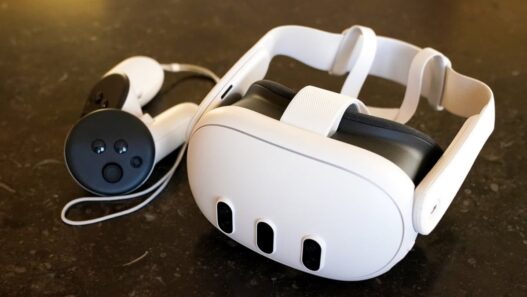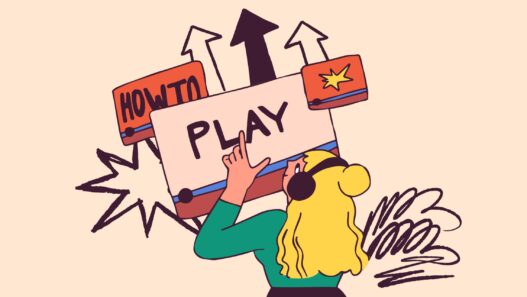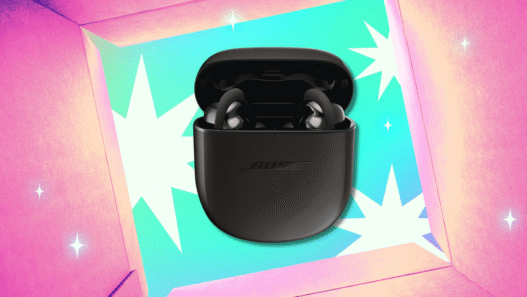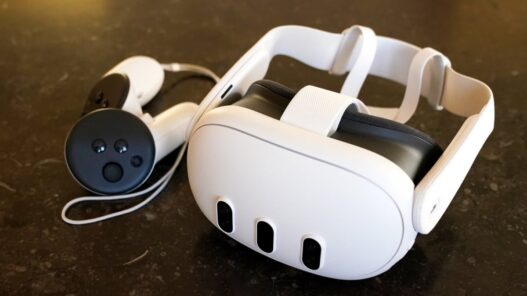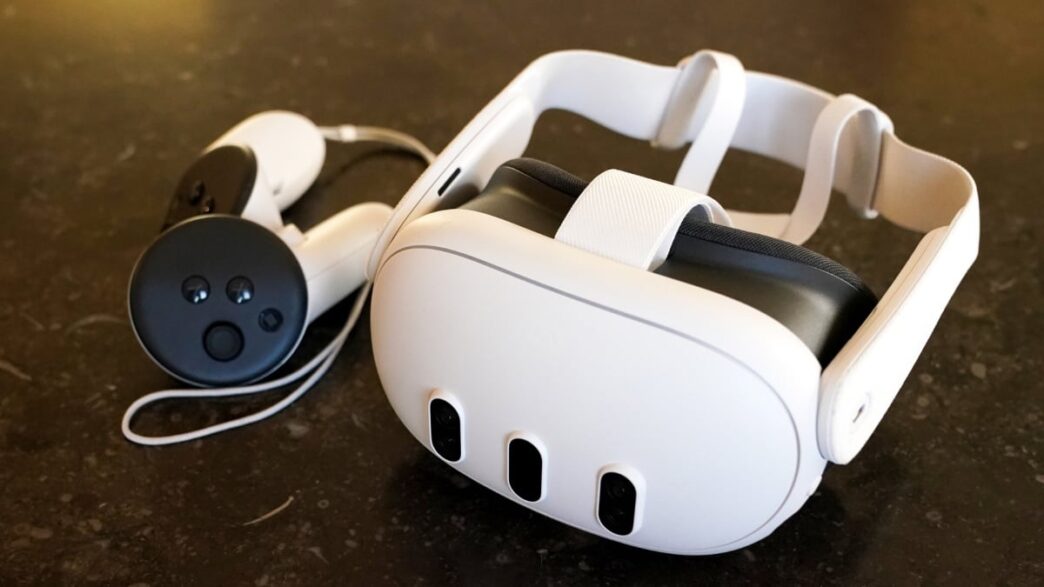We may earn a commission from links on this page.
A recent post on Meta's developer blog hints at the future of virtual reality gaming. Meta's research in Quest users' habits identified the “Goldilocks zone” for virtual reality experiences on its headsets, concluding that the optimum time for a VR gaming session is between 20 and 40 minutes—VR may provide players with a totally immersive experience, but people generally don't want to be immersed for too long.
Citing “observations of behavior with the majority of VR users, as well as research into when and why users end sessions,” Meta concluded that most Quest users feel that a VR session shorter than 20 minutes is not worth the commitment it takes to strap on a headset, adjust it, find the controllers, make sure the couch is out of the way, etc.—the kind of quick-hit experiences you get on mobile games don't work as well in VR. But neither do the hours-long, melting-into-the-couch sessions of console and PC gaming. Enjoyment of VR experiences tends to hit a point of diminishing return if it goes on longer than 40 minutes. The eye strain, nausea, physical exertion, and sense of isolation take over eventually, and the fun goes out the window.
How game developers can hit the VR Goldilocks zone
Meta's post offers helpful suggestions instead of iron-clad rules, but the company's guidance seems likely to trickle down to game developers and influence what they create in the future. First because it's Meta saying it, and they own the store, but maybe more importantly, because it's actually good advice. From an anecdotal perspective, a “40 minute time limit” rings true—any longer than that, and VR gives me a vaguely panicky, “I gotta get out of here” feeling. Virtual reality has always been a struggle between “this is really cool” and “I don't like having this thing on my face!” and it's refreshing that Meta is spelling that out.
Hitting an optimal time for a gaming session doesn't necessarily mean that more complex, more involved experiences like those of “traditional” AAA video games are impossible in VR, but they'd work better if structured differently. To that end, Meta recommends game developers avoid long tutorials in favor of incorporating controls and mechanics into actual experiences, chaining together shorter “progression loops” together, building in breaks every 10 or 15 minutes, and frequent autosaves “so players are confident they can pick up where they left off.” Among other things.
What do you think so far?
Lighter headsets could change the rules
Meta's vision of virtual reality has evolved since the early days of the Oculus, when the vibe seemed more like “people will live in the virtual world all the time.” In the blog post, the company points out that the “time limits” of VR gaming are based on the current form factors of Quest devices, and future hardware developments—like, say, a pair of lightweight, Meta smart glasses that could deliver a viable AR experience—would change the “Goldilocks zone” time limits significantly.

